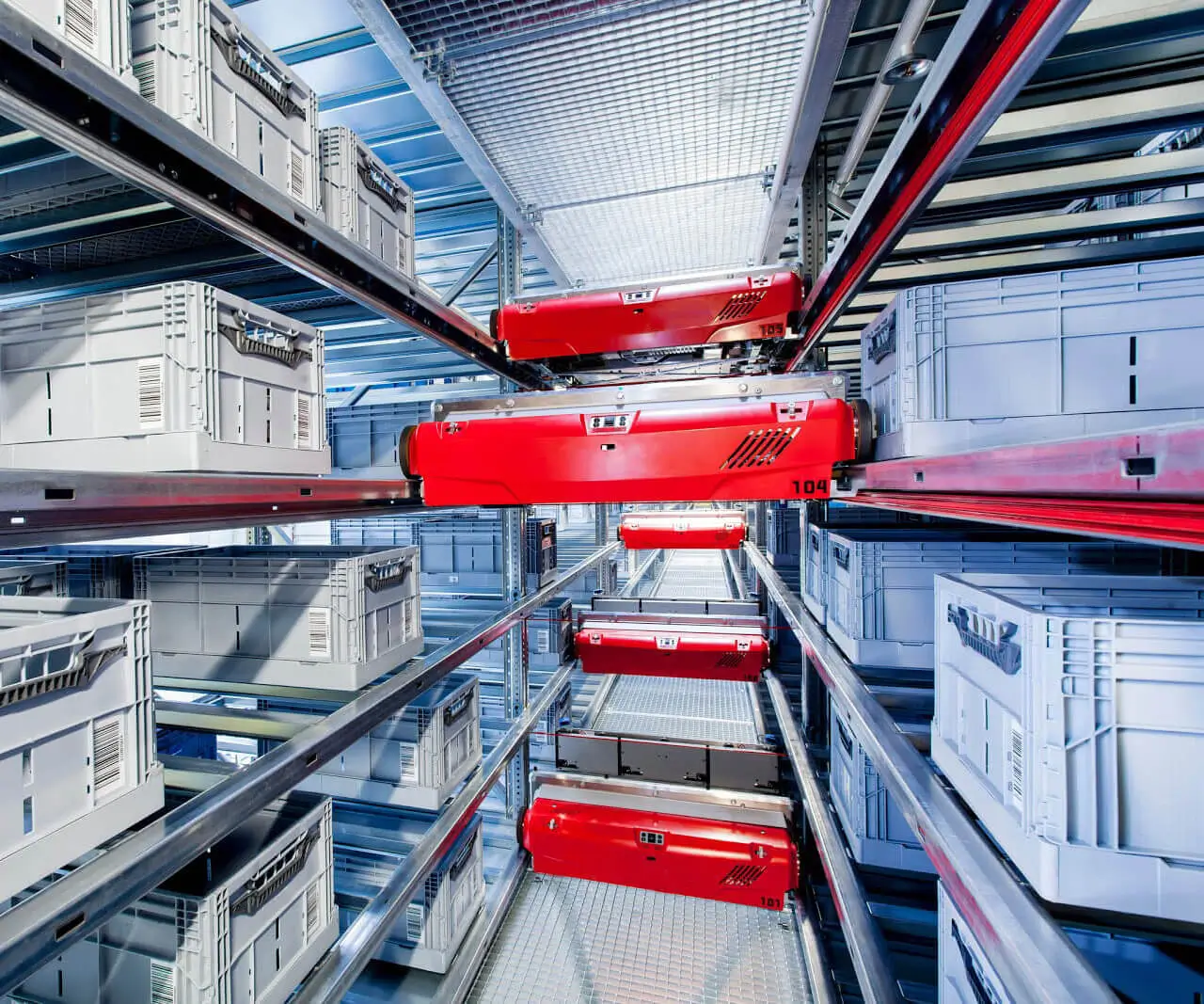When it comes to choosing the right motor for your project, understanding the differences between a servo motor and a brushless DC motor can make all the difference. Both have their advantages, but it’s essential to know when and why you would choose one over the other.

A servo motor is a versatile little powerhouse, designed specifically for precise control. Think of it as the precision tool in your toolbox. With a built-in feedback loop, the servo motor adjusts its position, speed, and torque to meet exact demands. This makes it an ideal choice for robotics, CNC machinery, and anything requiring fine movement. The beauty of a servo motor is that it delivers incredible accuracy and can be integrated into a control system with ease. It's that perfect combination of reliability and precision, but it does come at a price—both in terms of cost and complexity.
On the other hand, a brushless DC motor (BLDC) offers a different set of perks. If you're looking for efficiency and durability, the BLDC might be your best bet. These motors are known for their long lifespan due to the lack of brushes, which reduces wear and tear. The absence of brushes also makes them more efficient, as there's less friction to waste energy. Whether you’re powering a drone, an electric vehicle, or even a fan, BLDC motors provide smooth and reliable performance. However, they still need a controller to manage the operation, making them slightly less straightforward to use than a simple brushed DC motor.
Here’s the thing: while a BLDC motor offers great efficiency and longevity, it doesn’t have the built-in feedback system that you get with a servo motor. If your application requires tight, continuous control over position and speed, you may end up needing more than just a BLDC motor. A servo motor, with its closed-loop system, gives you that level of precision, making it perfect for applications where exact positioning is a must.
That doesn’t mean the BLDC motor is out of the race. For projects where power and efficiency are top priorities, such as drones or electric cars, the BLDC shines. It can run for longer periods without overheating, and its design keeps it running smoothly even in harsh environments. The trade-off? While it’s not designed for pinpoint accuracy like a servo motor, it excels where durability and power are the main focus.
So, how do you decide which motor to use? If you're working on a project where precision is key—like robotics or CNC machines—then the servo motor is your best friend. It’s all about controlled movement. But if you need a motor that can handle a bit more power, is super efficient, and doesn’t need constant maintenance, then a brushless DC motor is probably a better fit.
Choosing between the two really comes down to the demands of your project. The servo motor might be your choice for projects that need precision, while the BLDC motor could be your go-to for projects that need power and efficiency. It’s about balancing performance with application needs, and both motors can get the job done—just in their own unique ways.
At KPOWER, we’re here to help you understand your options and pick the right motor for your needs. Whether you need a servo for ultimate control or a brushless DC motor for efficiency and power, we’ve got you covered. So, next time you’re thinking about motors, think about the job they’ll be doing. That’s the best way to find your perfect match.
Leveraging innovations in modular drive technology, Kpower integrates high-performance motors, precision reducers, and multi-protocol control systems to provide efficient and customized smart drive system solutions.




































